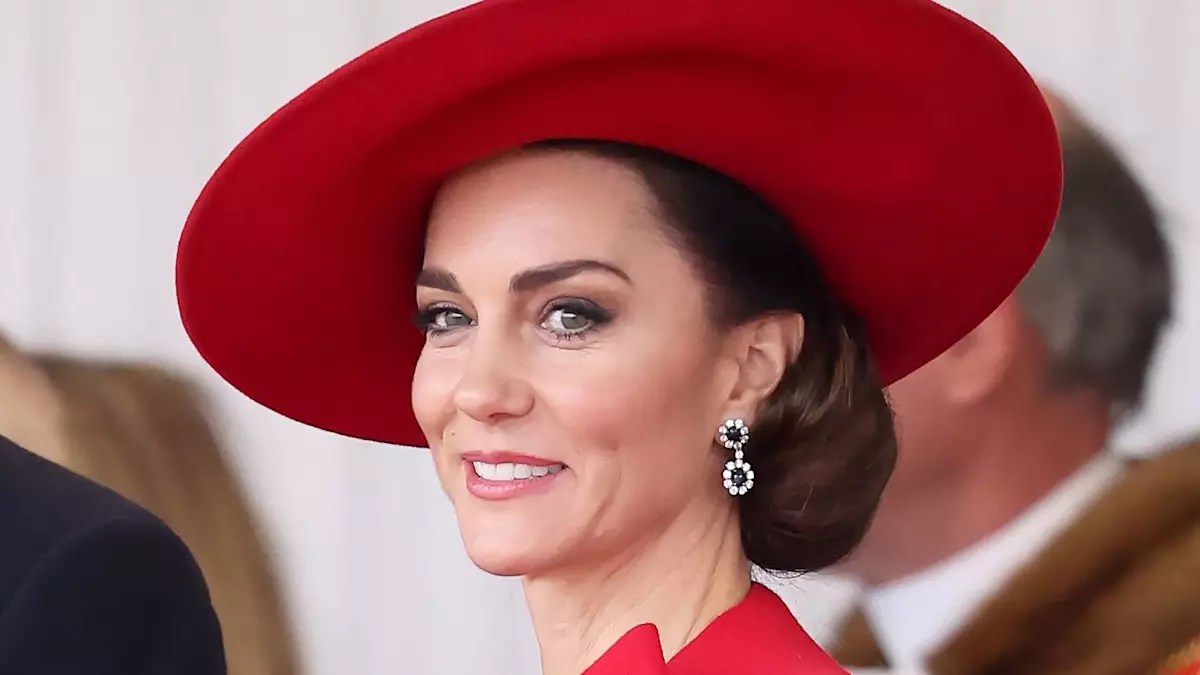Royal fashion is seldom just about aesthetics; it is wrapped in layers of history, etiquette, and unyielding tradition. From the moment a royal lady steps into public view, her entire ensemble becomes a reflection of her role, character, and the unspoken rules that govern high society. The royal family is particularly known for adhering to strict style guidelines that address everything from hemlines to accessories, creating a blueprint that their public appearances invariably follow. Beneath the glamorous exterior lies a historical context that shapes their wardrobe choices, which often leaves fashion enthusiasts guessing about the reasons behind their sartorial selections.
Many are familiar with the visible cues of this etiquette: modest hemlines and delicate, understated makeup serve as a notable introduction to a royal’s public persona. However, a crucial yet less obvious component is their selection of headwear. Hats are not just accessories; they are emblematic of royal standing and tradition. As explored by Grant Harrold, a former royal butler and etiquette authority, the protocols surrounding hats offer stunning insight into royal history and societal expectations.
The Ever-Persistent Hat Rule
According to Harrold, hats are an integral part of royal fashion, particularly during formal engagements. They are a staunch requirement for occasions like the Commonwealth Day Service, where the presence of these headpieces is fundamentally expected. The 6 AM to 6 PM rule is particularly fascinating; it signifies a time when unveiled hair was deemed unsuitable for high-status women in society. As an artifact of the 1850s, this custom serves as a powerful reminder of how far fashion norms have evolved while also highlighting a continuum that connects past to present.
Moreover, the strict guideline around the types of headgear worn by royal ladies accentuates a commitment to tradition. Fascinators, which have gained popularity in recent years, are often viewed as too informal or whimsical, even at social events like Ascot. Instead, they typically opt for proper hats, which symbolize status and decorum. Harrold’s commentary on Princess Beatrice’s penchant for flamboyant headbands cleverly illustrates how royal women navigate these boundaries by adding personal flair while adhering to established customs.
Color Choices and Their Significance
Equally as important as headgear is the significance of color in royal attire. In particular, Princess Kate’s frequent choice of bold reds at diplomatic events has caught the industry’s attention. Fashion commentator Marina Thomas suggests that this trend doesn’t just pop out as a coincidence. The color red, synonymous with power, courage, and sacrifice, paints Kate as a figure who is ready to make waves in the royal landscape.
Kate’s clothing decisions pay homage to her late mother-in-law, Princess Diana, who similarly understood the power of color in her formal engagements. The connection Katherine makes to this legacy is deeply symbolic; it’s not just about personal style – it’s about embodying the strength and grace reflective of royal life. Dressing in red sends a message that is hard to ignore: it demands attention and signifies that the wearer is a confident powerhouse.
Balancing Tradition with Personal Expression
Navigating the intricacies of royal fashion is no simple feat. While tradition sets the stage for what is considered appropriate, these royal women often find subtle ways to infuse their personalities into their outfits. The hat styles and color choices are much more than just whims; they serve as mediums for individual expression against a backdrop of age-old customs. Utilizing eye-catching accessories or color symbolism can deliver powerful statements of self-identity while also maintaining respect for established etiquette.
It is this delicate balance that makes the realm of royal fashion so captivating. Observers, fashion enthusiasts, and the general public are constantly engaged in deciphering hidden meanings behind color choices and accessory selections. This reflects not just personal preference but also an adherence to centuries-old traditions that still impact modern engagements.
In essence, royal fashion is an intricate tapestry woven from threads of tradition, societal expectations, and personal expression. Each appearance by royal women serves as a reminder of their responsibility not only to uphold their heritage but also to represent a modern monarchy in a way that resonates with contemporary audiences. The royal ladies have mastered the art of diplomacy, and their fashion choices provide a dazzling, yet instructive, lens through which we can view the complex nature of royal life.


Leave a Reply